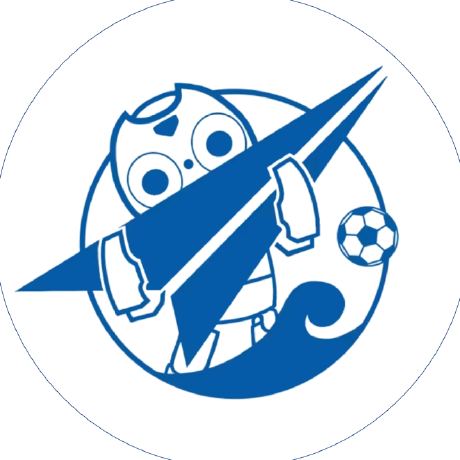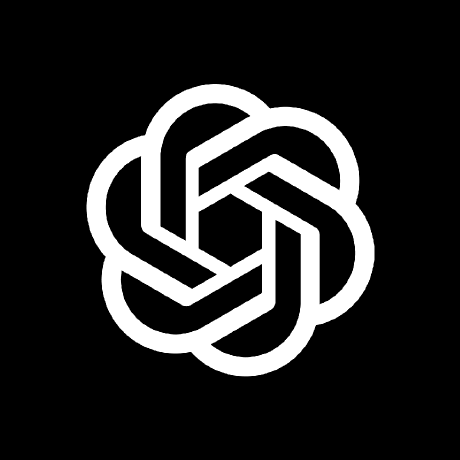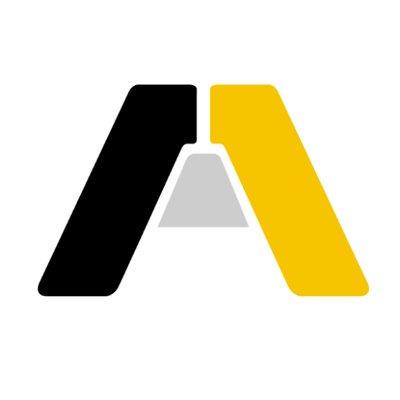Discover and explore top open-source AI tools and projects—updated daily.
assistive-gym by  Healthcare-Robotics
Healthcare-Robotics
Physics-based simulation framework for human-robot interaction research
Top 74.3% on SourcePulse
Assistive Gym is a physics-based simulation framework for physical human-robot interaction and robotic assistance. It targets researchers and engineers in robotics and reinforcement learning, enabling the use of existing RL algorithms to train robots for human-robot collaboration tasks.
How It Works
Assistive Gym integrates with the OpenAI Gym interface, providing a standardized API for defining and interacting with simulated human-robot scenarios. It leverages a physics engine (likely PyBullet, given the syntax examples) to model realistic human and robot dynamics, including human joint limits and preferences. This physics-based approach allows for the training of robots that can safely and effectively assist humans in tasks like feeding or manipulation.
Quick Start & Requirements
- Install:
pip3 install git+https://github.com/Healthcare-Robotics/assistive-gym.git - Recommended Python: 3.6 or 3.7.
- Google Colab: Fully supported, no local installation required. See Wiki-Google Colab.
- Full Install: Requires cloning the repo and installing in a virtual environment (
pip3 install -e .). - Getting Started Guide: 10 Minute Getting Started Guide
Highlighted Details
- Supports four collaborative robots: PR2, Jaco, Baxter, and Sawyer.
- Includes customizable human models with 40 actuated joints and realistic pose-dependent joint limits.
- Offers mobile base control with dynamic ground friction and slip for domain randomization.
- Integrates with iGibson for visually realistic home environments and supports SMPL-X human mesh models.
- Provides pretrained control policies and tools for training new policies.
Maintenance & Community
- Version 1.0 released, with significant updates including Google Colab support and multi-robot control.
- Active development indicated by recent feature additions.
- Links to documentation and examples are provided within the README.
Licensing & Compatibility
- The README does not explicitly state a license. However, the project is hosted on GitHub, suggesting a common open-source license. Further clarification on licensing is recommended for commercial use.
Limitations & Caveats
- The recommended Python versions (3.6/3.7) are older, potentially requiring environment management for users on newer Python versions.
- The license is not explicitly stated, which could be a concern for commercial adoption.
1 year ago
Inactive

 robotology-legacy
robotology-legacy duburcqa
duburcqa JeffreyYH
JeffreyYH gaiyi7788
gaiyi7788 openai
openai zfw1226
zfw1226 xavierpuigf
xavierpuigf vikashplus
vikashplus AcutronicRobotics
AcutronicRobotics nicrusso7
nicrusso7 utiasDSL
utiasDSL